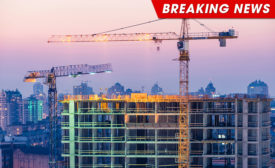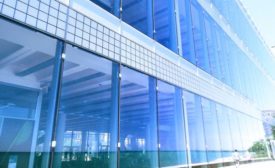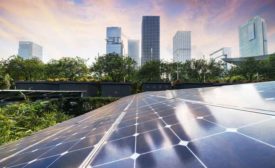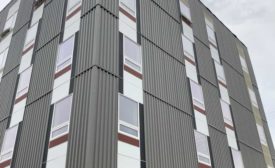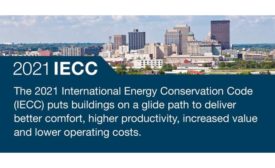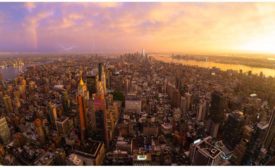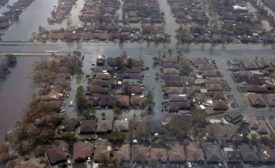Home » Energy codes
Articles Tagged with ''Energy codes''
Navigating Fenestration U-Factors
Properly Calculating Fenestration U-Factors is Important to Building Enclosure Design
March 11, 2021
The Power of Building and Energy Codes
Preparing for the Expected and Unexpected
April 12, 2019
Enhance your expertise with unparalleled insights.
Join thousands of building professionals today. Shouldn’t you know what they know?
SUBSCRIBE TODAY!Copyright ©2025. All Rights Reserved BNP Media.
Design, CMS, Hosting & Web Development :: ePublishing



